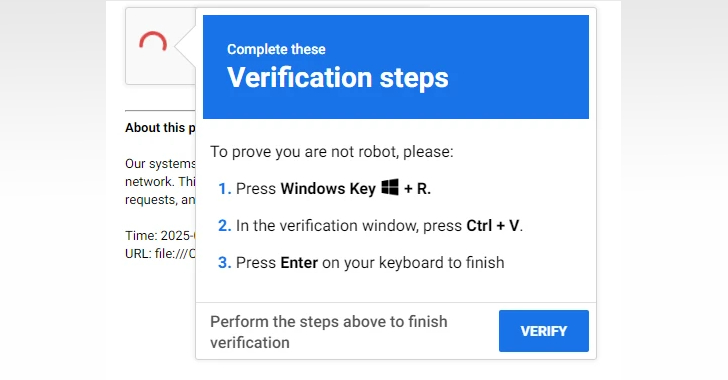
The Benefits of an M&A IT Due Diligence
Merger and Acquisition (M&A) transactions have become increasingly prevalent in today’s business landscape. Companies are constantly seeking opportunities to grow, expand their market presence, and gain a competitive edge. However, the success of an M&A deal is far from guaranteed, and many factors can influence its outcome. One crucial aspect of any M&A transaction that can significantly impact its success is IT Due Diligence. In this article, we will explore the benefits of conducting a thorough IT due diligence process before finalizing an M&A deal.
What is IT Due Diligence?
IT due diligence is the process of evaluating and assessing the technology assets and infrastructure of a company that is targeted for acquisition. This assessment aims to provide the acquiring company with a comprehensive understanding of the target company’s IT environment. It encompasses various aspects, including hardware, software, data, cybersecurity, IT policies, and personnel.
The primary goal of IT due diligence is to identify any potential risks, opportunities, or challenges associated with the target company’s IT assets. By gaining insights into the state of the target company’s technology infrastructure, the acquiring company can make informed decisions and mitigate risks during the integration phase of the M&A process.
The Benefits of IT Due Diligence in M&A
- Risk Mitigation: One of the most significant benefits of IT due diligence is risk mitigation. It helps the acquiring company identify and assess potential risks associated with the target company’s IT assets. This can include vulnerabilities in cybersecurity, outdated hardware and software, regulatory compliance issues, and more. By uncovering these risks early in the process, the acquiring company can take steps to address them or negotiate better terms in the deal.
- Cost Savings: IT due diligence can lead to significant cost savings in the long run. By understanding the target company’s technology environment, the acquiring company can estimate the costs associated with integrating or upgrading IT systems. This allows for more accurate financial planning and budgeting, preventing unexpected expenses that can arise during post-merger integration.
- Operational Efficiency: A thorough IT due diligence process can uncover opportunities for operational improvements. For example, it may reveal redundant systems or processes that can be streamlined or consolidated after the merger. By optimizing IT operations, the acquiring company can achieve greater efficiency and cost-effectiveness.
- Data Insights: Data is a valuable asset in today’s business world, and IT due diligence provides insights into the target company’s data assets. Understanding the quality, accessibility, and security of the data can help the acquiring company leverage this asset more effectively and integrate it into its own operations.
- Cybersecurity Assessment: With the increasing frequency of cyberattacks and data breaches, cybersecurity is a top concern for businesses. IT due diligence includes a thorough assessment of the target company’s cybersecurity measures and practices. This helps the acquiring company identify potential weaknesses and take steps to strengthen its own security posture.
- Technology Compatibility: Compatibility between the IT systems of the two companies is crucial for a smooth integration process. IT due diligence assesses the compatibility of hardware, software, and data formats, ensuring that the two entities can work together seamlessly after the merger.
- Legal and Regulatory Compliance: Many industries are subject to specific legal and regulatory requirements regarding IT and data management. IT due diligence helps ensure that the target company is in compliance with relevant laws and regulations. This can prevent legal complications and liabilities from arising post-acquisition.
- Employee Assessment: IT due diligence also evaluates the skills and expertise of the target company’s IT personnel. This assessment helps the acquiring company determine if additional training or personnel changes are needed to support the integration and ongoing IT operations.
- Strategic Planning: IT due diligence provides valuable information that can inform the acquiring company’s strategic planning. It can help the company develop a roadmap for integrating IT systems and leveraging technology assets to achieve its long-term goals.
- Enhanced Decision-Making: Ultimately, IT due diligence empowers the acquiring company with the information needed to make well-informed decisions about the acquisition. It provides a clear picture of the target company’s IT strengths and weaknesses, allowing for more accurate valuation and negotiation.
The Process of IT Due Diligence
IT due diligence involves a structured process that includes several key steps:
- Preparation: Define the scope and objectives of the IT due diligence process. Identify the key stakeholders and assemble a team of IT experts, legal advisors, and financial analysts to conduct the assessment.
- Documentation Review: Review all relevant IT documentation, including IT policies, procedures, contracts, and financial records. This step provides an initial understanding of the target company’s IT environment.
- Site Visits and Interviews: Conduct site visits to assess the physical IT infrastructure and interview key IT personnel. This hands-on approach helps verify the accuracy of the documentation and uncover any hidden issues.
- Cybersecurity Assessment: Evaluate the target company’s cybersecurity measures, including firewall configurations, intrusion detection systems, and incident response plans. Identify any vulnerabilities or weaknesses in the cybersecurity posture.
- Data Assessment: Analyze the quality, accessibility, and security of the target company’s data assets. Determine the compatibility of data formats and storage systems.
- Technology Compatibility: Assess the compatibility of hardware and software systems between the two companies. Identify any integration challenges and develop a plan to address them.
- Legal and Regulatory Compliance: Review the target company’s compliance with relevant IT laws and regulations, including data privacy and security requirements.
- Personnel Assessment: Evaluate the skills and expertise of the target company’s IT personnel. Determine if additional training or staff changes are needed.
- Risk Assessment: Identify and assess potential IT-related risks, including cybersecurity risks, technology obsolescence, and data-related risks.
- Reporting: Compile all findings into a comprehensive report that provides a clear overview of the target company’s IT environment, including strengths, weaknesses, opportunities, and threats.
Conclusion
IT due diligence is a critical component of the M&A process that offers numerous benefits to acquiring companies. By conducting a thorough assessment of the target company’s technology assets and infrastructure, the acquiring company can mitigate risks, achieve cost savings, and enhance operational efficiency. Moreover, IT due diligence enables better strategic planning and decision-making, ultimately contributing to the success of the M&A transaction. In today’s competitive business environment, where technology plays a central role in nearly every industry, IT due diligence is not just a best practice; it’s a necessity for ensuring a smooth and successful merger or acquisition.
Contact Cyber Defense Advisors to learn more about our M&A IT Due Diligence solutions.





